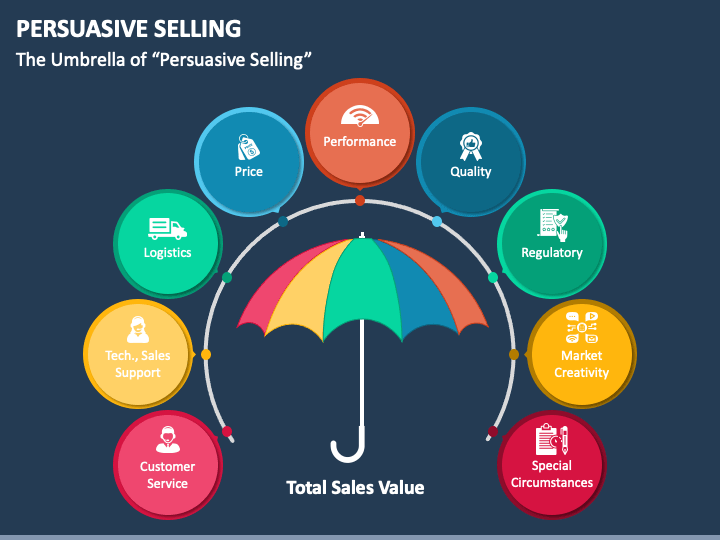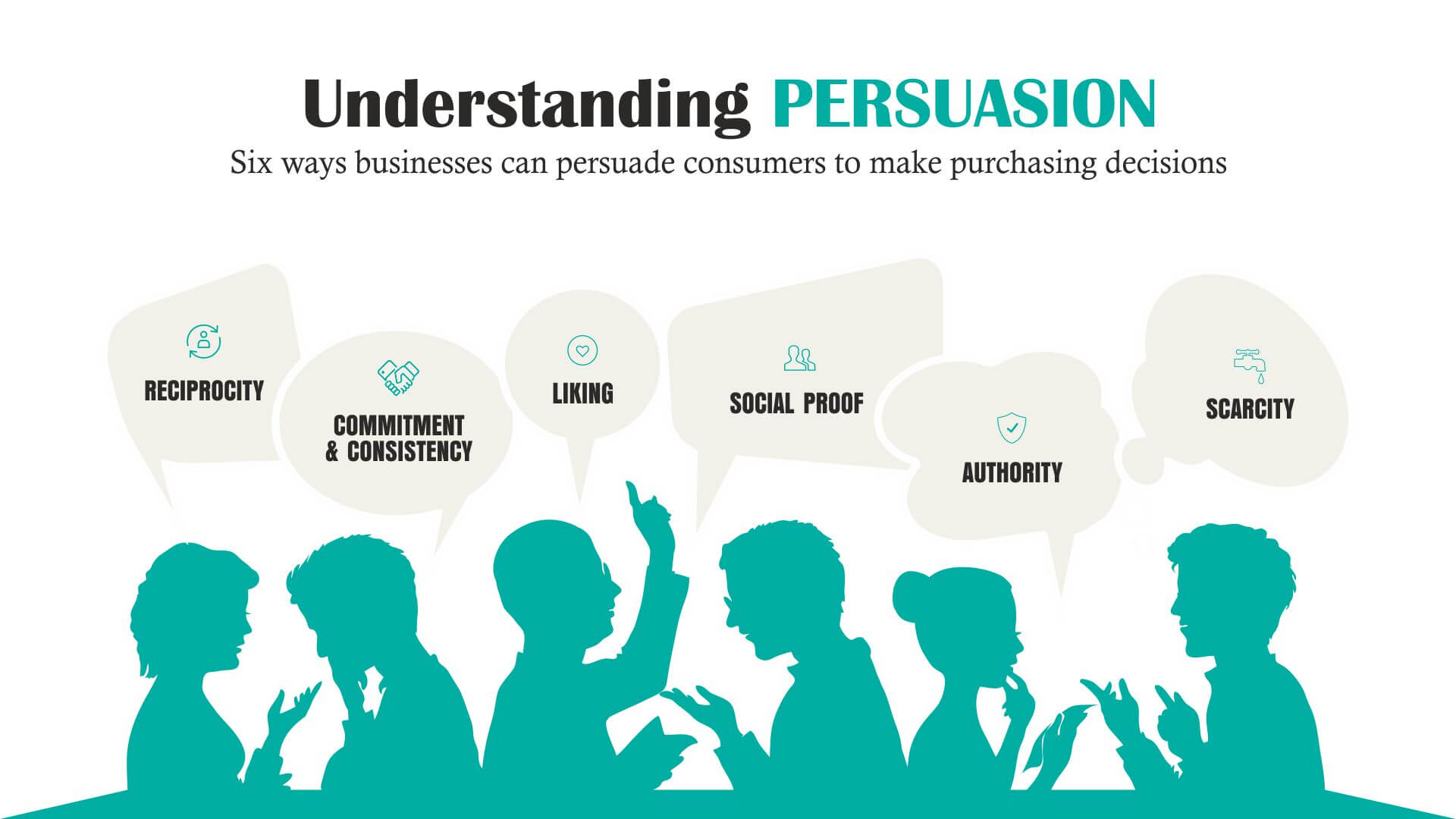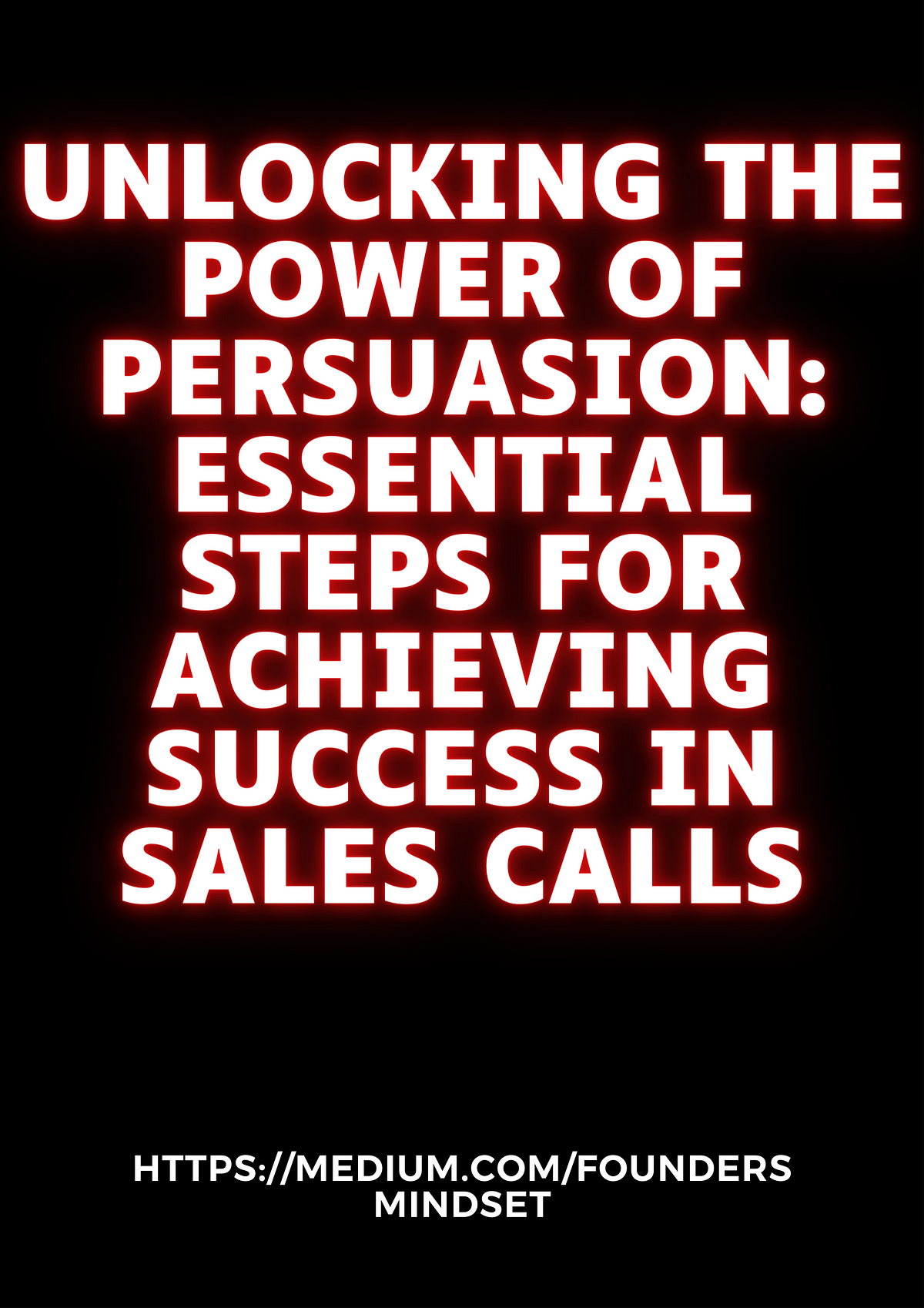Unlocking the Power of Persuasion: A Guide to Selling Your Product or Service

As an interior design expert and architect, I’ve seen firsthand how the right presentation can transform a simple product or service into a compelling desire. To help you effectively communicate the value of your offering, let’s dive into the art of highlighting key features and benefits for your ideal customer.
1. Know Your Audience: The Cornerstone of Effective Communication

Before we delve into the specifics of features and benefits, it’s crucial to understand who you’re talking to. This means crafting a detailed customer persona. Think about:
- Demographics: Age, gender, location, income level, education, occupation.
- Psychographics: Values, beliefs, interests, hobbies, lifestyle, aspirations, pain points.
- Needs and Wants: What problems are they facing? What desires do they have? What are their priorities?


Example: Let’s say you sell a line of eco-friendly furniture. Your ideal customer might be a young professional living in a city, passionate about sustainability, and prioritizing style and functionality in their home.
2. Identify the "Why" Behind Your Product: The Essence of Value

Once you understand your audience, you need to define the core value proposition of your product or service. What problem does it solve? What need does it fulfill? This is the "why" that resonates with your customers.
Example: Your eco-friendly furniture not only provides stylish and functional pieces but also aligns with your customers’ values of sustainability and environmental responsibility.

3. Unveiling the Features: The Building Blocks of Your Product
Features are the tangible attributes of your product or service. They are the "what" of your offering.

Example: For your eco-friendly furniture, some features might include:

- Sustainable materials: Recycled wood, bamboo, organic cotton.
- Durable construction: Solid wood frames, high-quality finishes.
- Versatile design: Modular pieces, customizable options.
- Ethical sourcing: Fair trade practices, responsible forestry.


4. Translating Features into Benefits: The "So What?" Factor
Features alone don’t sell. You need to connect them to the benefits your customers will experience. Benefits are the "so what?" factor. They answer the question: "What’s in it for me?"

Example: How do the features of your eco-friendly furniture translate into benefits for your customers?
- Sustainable materials: Reduces environmental impact, promotes a healthy home.
- Durable construction: Lasts longer, saves money on replacements.
- Versatile design: Adapts to changing needs, creates a flexible space.
- Ethical sourcing: Supports responsible practices, promotes a sense of social responsibility.


5. Crafting Compelling Communication: The Art of Storytelling
Now that you’ve identified features and benefits, it’s time to weave them into a compelling narrative. Use storytelling techniques to connect emotionally with your customers.
Example:
- Story 1: The Eco-Conscious Consumer: "Tired of furniture made with questionable materials? Our eco-friendly furniture is crafted from sustainable resources, ensuring a beautiful and responsible choice for your home."
- Story 2: The Style-Savvy Urban Dweller: "Our modular furniture adapts to your ever-changing lifestyle, offering endless possibilities for a stylish and functional space."
6. Highlighting Key Benefits for Different Customer Segments
Remember, your ideal customer may not be a monolithic group. Tailor your communication to address the specific needs and desires of different segments.
Example:
- Young Professionals: Focus on the style, functionality, and value for money of your furniture.
- Families with Children: Highlight the durability, safety, and eco-friendly aspects.
- Empty Nesters: Emphasize the comfort, simplicity, and ease of maintenance.
7. Using Visuals to Enhance Your Message
Images, videos, and other visuals are powerful tools for conveying your message. They create a more engaging and memorable experience for your customers.
Example:
- High-quality product photography: Showcase the beauty and craftsmanship of your furniture.
- Lifestyle imagery: Show your furniture in real-life settings, highlighting its use and benefits.
- Customer testimonials: Feature satisfied customers sharing their experiences.
8. Quantifying Benefits: Adding Tangible Value
Whenever possible, quantify the benefits of your product or service. This adds credibility and helps customers understand the tangible value they’ll receive.
Example:
- "Our furniture is built to last, with a 10-year warranty."
- "Save up to 20% on your energy bills with our eco-friendly appliances."
9. Addressing Customer Concerns: Building Trust and Transparency
Be proactive in addressing potential concerns your customers may have. Transparency and honesty build trust.
Example:
- "We use sustainable materials that are safe for your family and the environment."
- "Our furniture is handcrafted with care and comes with a satisfaction guarantee."
10. The Power of Testimonials: Social Proof in Action
Customer testimonials are a powerful form of social proof. They demonstrate that other people have had positive experiences with your product or service.
Example:
- "I love my new eco-friendly sofa! It’s stylish, comfortable, and I feel good knowing I’m making a responsible choice."
- "The customer service was exceptional. They helped me find the perfect furniture for my home."
Conclusion: The Art of Persuasion is a Journey
Mastering the art of communicating features and benefits is an ongoing process. By understanding your audience, defining your value proposition, and crafting compelling narratives, you can effectively persuade potential customers to choose your product or service. Remember, the key is to connect with your audience on an emotional level and demonstrate how your offering solves their problems and fulfills their desires.

